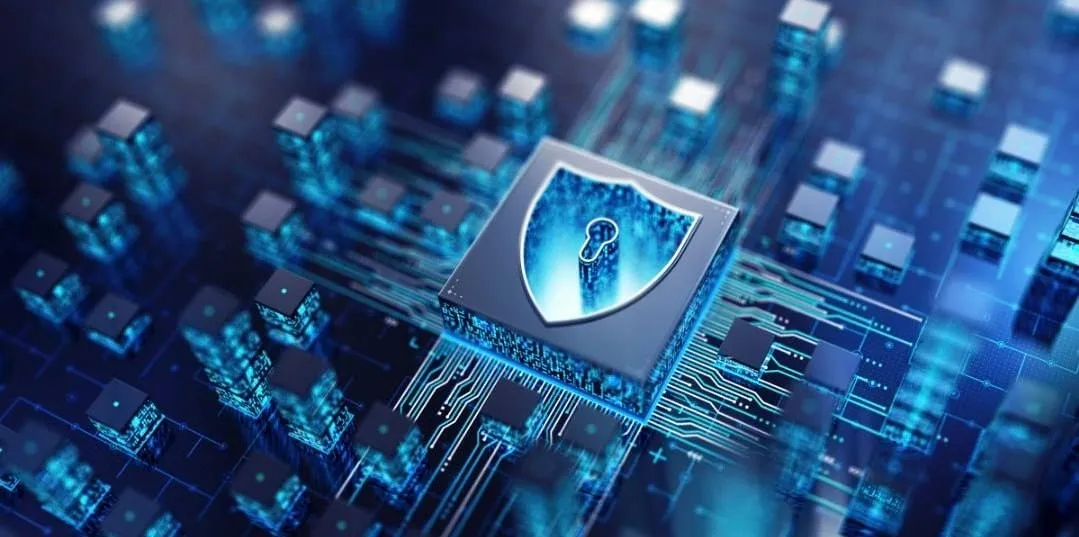
Date: February 27, 2024
Executive Summary:
The cybersecurity maturity assessment for ZD reveals a current standing at the 2.5 level, based on the NIST Cybersecurity Framework. This assessment indicates a moderate state of cybersecurity practices within the organization, with a foundation established but notable room for improvement.
1. Identify (2.0):
Current Maturity: ZD has a foundational understanding of its assets, risks, and vulnerabilities. Desired Maturity: Enhance the risk assessment methodology to prioritize assets effectively. Aim for a more comprehensive and prioritized approach to identifying and managing risks.
2. Protect (2.5):
Current Maturity: ZD has implemented some security measures, providing a basic level of protection. Desired Maturity: Strengthen protective measures to ensure the robustness of the security posture, especially for critical infrastructure services.
3. Detect (2.5):
Current Maturity: Detection mechanisms are in place, but there is room for improvement. Desired Maturity: Enhance detection capabilities through real-time monitoring and continuous improvement of monitoring processes. Strive for timely identification of cybersecurity events.
4. Respond (2.0):
Current Maturity: ZD has established incident response activities, but there is a need for further development. Desired Maturity: Refine incident response plans, conduct regular drills, and update procedures based on lessons learned. Aim for a more robust and effective response to cybersecurity incidents.
5. Recover (2.5):
Current Maturity: ZD has a recovery plan, but improvement is needed in the activities related to restoring and returning to normal operations. Desired Maturity: Improve the recovery process by documenting and applying lessons learned. Strive for a more resilient and adaptive cybersecurity posture during the recovery phase.
Recommendations:
1. Develop a comprehensive risk assessment methodology to prioritize assets and vulnerabilities effectively.
2. Strengthen protective measures to ensure the delivery of critical infrastructure services.
3. Enhance detection capabilities through real-time monitoring and continuous improvement of monitoring processes.
4. Refine incident response plans, conduct regular drills, and update procedures based on lessons learned.
5. Improve the recovery process by documenting and applying lessons learned, ensuring a more resilient and adaptive cybersecurity posture.
This report aims to provide a roadmap for ZD to elevate its cybersecurity maturity. Continuous assessment and targeted improvements across identified areas will contribute to a more robust cybersecurity framework and heightened resilience against evolving threats.







